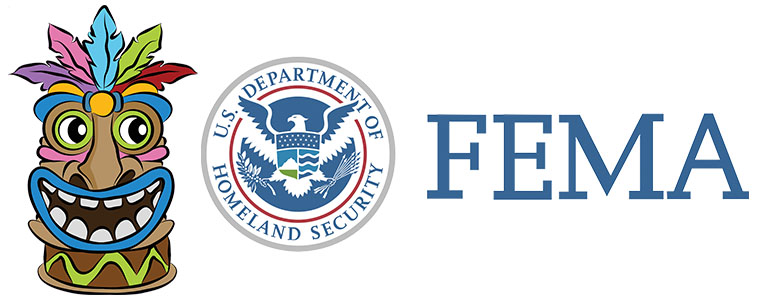
Residents in parts of central California and western Nevada are urged to pay attention to local officials as additional heavy rains and flooding are predicted.
The National Weather Service predicts widespread rain, snow and strong winds with scattered thunderstorms bringing a risk of local flash flooding and hail this week. Mandatory evacuation orders remain for residents in 10 California counties and shelters are open. Minimal power outages may also occur throughout the affected area along with road closures.
President Biden issued an emergency declaration for California on Friday, authorizing FEMA to coordinate all disaster relief efforts in Amador, Butte, El Dorado, Fresno, Humboldt, Imperial, Inyo, Kern, Lake, Los Angeles, Madera, Mariposa, Mendocino, Merced, Mono, Monterey, Napa, Nevada, Placer, Plumas, Sacramento, San Bernardino, San Francisco, San Mateo, San Luis Obispo, Santa Barbara, Santa Clara, Santa Cruz, Sierra, Sonoma, Stanislaus, Tulare, Tuolumne and Yuba counties.
FEMA Administrator Deanne Criswell also spoke with California Gov. Gavin Newsom on Thursday and with Hoopa Valley Tribal Chairman Joe Davis and Tule River Tribe Chairman Neil Peyron this past weekend to ensure federal coordination efforts.
In addition, two FEMA Incident Management Assistance Teams are on the ground supporting the California Emergency Operations Center and managing an incident support base for staging supplies. The U.S. Army Corps of Engineers is delivering sandbags, while Urban Search and Rescue teams remain on standby to support if needed.
A FEMA liaison officer is already in place working with Nevada Division of Emergency Management and an Incident Management Assistance Team is deploying to assist the state.
Safety Messaging
- Residents in the affected areas should pay attention to local authorities for information and instructions. If told to evacuate, do so. Other important safety tips for flash and localized flooding include:
- Do not walk, swim or drive through flood waters. Turn Around, Don’t Drown!
- Avoid driving except in cases of emergencies. Remember, just six inches of moving water can knock you down, and one foot of moving water can sweep your vehicle away.
- Stay off bridges over fast-moving water.
- Make sure you can receive emergency alerts. You can download the FEMA App to receive real-time weather alerts, send notifications to loved ones, locate emergency shelters in your area and more.
- Be aware of the risk of electrocution. Do not touch electrical equipment if it is wet or if you are standing in water. Turn off the electricity to prevent electric shock if it is safe to do so.
- Avoid wading in floodwater, which can be contaminated and contain dangerous debris. Underground or downed power lines can also electrically charge the water.
For information on preparing for severe storms, flooding and power outages, visit Ready.gov or Listo.gov.
